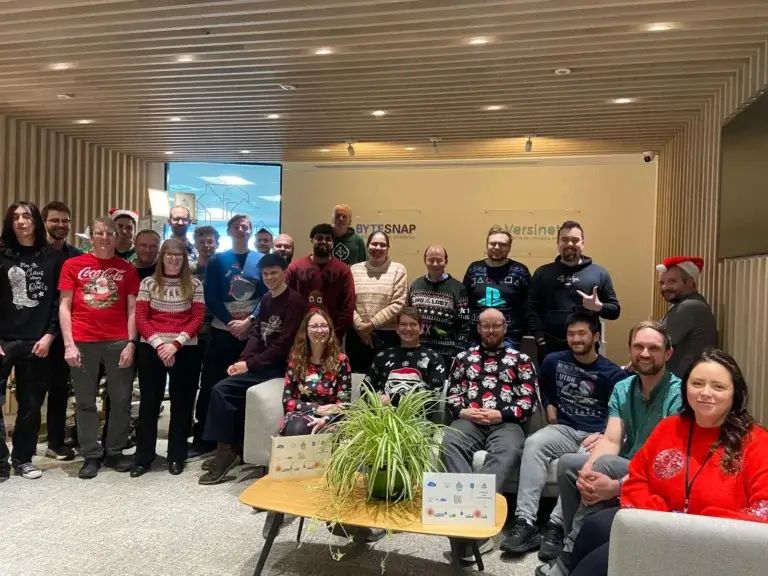Intellectual Property IP and Patents Glossary
Ever been stumped by intellectual property – IP – terms, such as:
- trade secrets
- Intellectual property rights
- Inventorship
- Patentability criteria?
These terms and more are essential for electronic product designers, inventors, and entrepreneurs to understand in today’s fast-paced, innovation-driven world.
But do you know what they really mean and how they can impact your business?
The complex landscape of patents, trademarks, and copyrights can be overwhelming, especially when you’re trying to protect your groundbreaking ideas and stay ahead of the competition.
And the competition is fierce. For instance, there’s been a 348% rise in patent filings over the past two decades, with a record 1.82 filings in 2022.
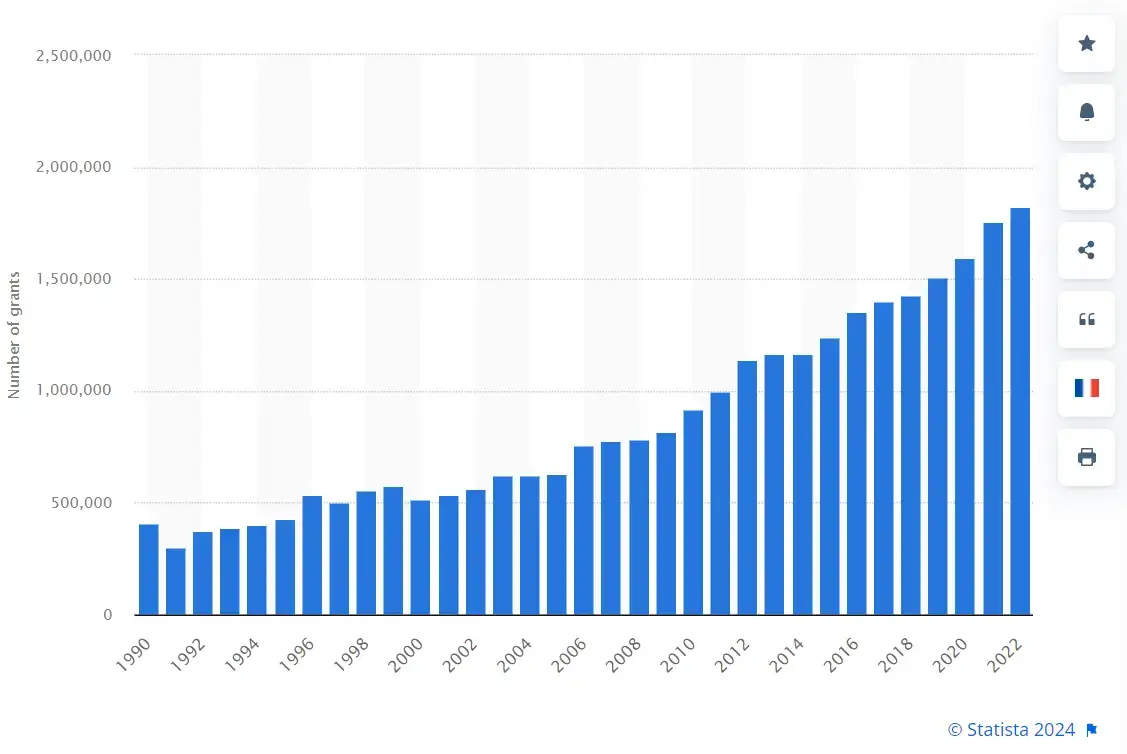
That’s why, for World IP Day, we’ve teamed up with experts at Harper James Solicitors to create this handy glossary of must-know terms related to Intellectual Property and Patents.
In this guide, you’ll find clear, concise definitions of key concepts like foreground IP, background IP, and the various types of IP rights.
And… if you’re up for a challenge, put your knowledge to the test with our interactive quiz, in our other IP guide, here.
Are you ready to see how well you’ve mastered these essential IP and Patent terms?
Let’s get started!
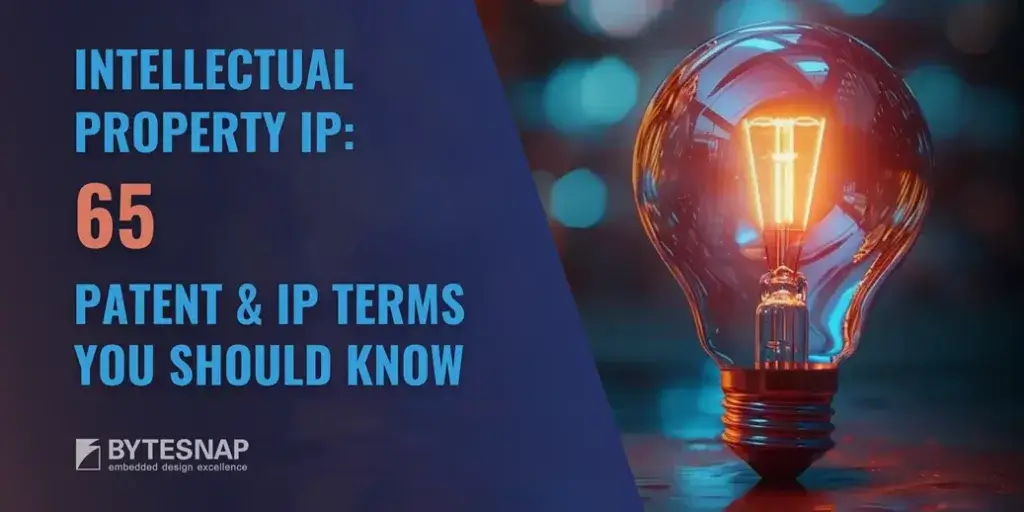
Glossary of Terms Relating to Intellectual Property (IP) and Patents
Assignment
The transfer of ownership of Intellectual Property from one entity to another.
Background Intellectual Property (Background IP)
Background IP is Intellectual Property that was already in existence before the project commenced or the contract was entered into.
It includes any pre-existing patents, copyrights, trademarks, or other forms of Intellectual Property that are already owned by one or more of the parties to the project.
Background IP can be used to support the development of new Foreground IP, and its ownership is typically retained by its original creator.
Copyright
Exclusive rights granted to the creators of certain original works including literary, artistic, musical, and other specified creative works.
Copyright protects the expression of an idea, rather than the idea itself, and gives the owner the right to control how their work is used.
Design Patent / Registered Designs
A patent that protects the ornamental design of an invention.
Design Patent are US rights; Registered Designs are the UK equivalent.
Foreground Intellectual Property (Foreground IP)
Foreground IP is a type of Intellectual Property that is created wholly or substantially during the course of specific research or development projects.
Foreground IP is the main focus of research and development, and its ownership should be addressed in the contract between the collaborators.
Typically, the parties agree that they will jointly own any foreground intellectual property created jointly.
Infringement
The carrying out by an unauthorised third party of any of the acts reserved for the intellectual property owner.
Intellectual Property (IP)
Any original creation of the mind that has commercial value.
It includes inventions, literary and artistic works, symbols, names, and images.
Intellectual Property Rights
Legal rights that can protect creations of the mind, including inventions, literary and artistic works, symbols, names and images
The types of Intellectual Property Rights include:
- Patents: Exclusive rights that protect inventions that are novel, non-obvious, useful and meet the other registration requirements. A patent allows the inventor to prevent unauthorised third parties from making, using, or selling the invention, for a specified time period.
- Copyrights: Exclusive rights granted to the creators of original works of authorship, including literary, artistic, musical, and other creative works. Copyrights protect the expression of an idea, rather than the idea itself, and give the owner the right to control how their work is used.
- Trademarks: Exclusive rights intended to identify and distinguish the goods and services of one entity from those of another. They are used to protect the brand identity of a business or product and give their owners a monopoly over the mark in respect of the goods or services for which they are registered. Anything capable of being depicted graphically can be registered as a Trade Mark, provided it meets the registration criteria.
- Trade Secrets: Confidential information that gives a business a competitive advantage and has commercial value because it is secret. Trade secrets might include formulas, recipes, and customer lists. Trade secrets that are kept confidential are legally protected against any unlawful acquisition, use or disclosure.
- Industrial Design Rights (US only): Rights granted to the creators of designs that are used to create a product’s appearance or shape, protecting the visual design of an object. Industrial design rights protect the aesthetic features of a product, rather than its function. The UK does not have IP known as ‘industrial design rights’ – but instead has Registered and Unregistered Design Rights which can be used to protect specific elements of a design.
-
- Plant Variety Rights: Rights granted to plant breeders to protect new varieties of plants that they have developed. Plant variety rights are used to protect the genetic and other plant-related characteristics of new plant varieties.
-
Intellectual Property Strategy
A plan for protecting and leveraging Intellectual Property assets to achieve business objectives.
Invention
A novel and non-obvious idea, process, machine, or composition of matter.
An invention needs to meet specific legal criteria to be eligible for patent protection.

Inventorship
The status of having contributed to the creation of an invention.
In the UK, the inventor is the first legal owner of an invention unless there is an agreement to the contrary.
License
A legal agreement whereby the intellectual property rights owner grants permission to third parties to use the Intellectual Property under specific terms and conditions.
Licences can be exclusive or non-exclusive.
Non-Disclosure Agreement (NDA)
A legal contract that outlines the terms on which new ideas, Trade Secrets and confidential information is shared between parties.
Patent
An exclusive right over new inventions that are novel, non obvious, useful and meet the other registration requirements.
A patent allows the owner to prevent unauthorised third parties from making, using or selling the invention for a specified time period
Patent Attorney
Assists inventors, businesses and other interested parties to obtain patent protection and subsequently enforce the patent against infringers.
Patent Application
A formal request for a patent that includes a detailed description of the invention.
Patent Assignment Agreement
A legal document that transfers ownership of a patent from one party to another.
Patent Claim
A statement in a patent application that defines the scope of the monopoly sought by the applicant.
Patent Classification
Internationally-recognised system for classifying patents by subject matter, used by patent offices worldwide.
Patent Cooperation Treaty (PCT)
A treaty providing applicants based in signatory countries with a unified procedure for seeking patent protection across all contracting states through one application.
Patent Cooperation Treaty (PCT) Application
An international patent application filed under the PCT, which allows applicants to seek patent protection in all signatory countries.
Patent Cooperation Treaty (PCT) Search Report
A report provided by the International Searching Authority (a major patent office) that lists previously published patents or other material identified during a PCT patentability search as being relevant to the invention’s patentability.
Patent Drawing
A drawing that is included in a patent application to illustrate the invention.

Patent Examiner
A government official who reviews patent applications and determines whether an invention meets the criteria for patentability.
Patent Infringement
The unauthorised carrying out by a third party of any act reserved for the patent owner.
Patent Infringement Claim
Legal proceedings brought against a person or entity that has infringed on a patent.
Patent Maintenance
The ongoing process of maintaining a patent after it has been granted, including payment of maintenance fees.
Patent Office
A government agency responsible for issuing patents and maintaining a register of patents.
*Patent Office Action
A communication from a patent examiner that provides an official response to a patent application.
*This is a US concept – it would be an Examination Report in the UK/Europe
Patent Pending
The status of an invention or product that has a patent application filed but has not yet been granted a patent.
Patent Prosecution
The process of preparing and filing a patent application and liaising with the relevant patent office to obtain patent protection
Patent Search
A search conducted to determine if an invention is already patented or if any inventions or material exist that may affect the patentability of an invention or lead to infringement.
Patent Term Extension
An extension of the term of a patent beyond the 5-year term (which may be extended to 20 years on renewal).
Only available in respect of certain subject matter.
Patent Trial and Appeal Board (PTAB)
An administrative body within the United States Patent and Trademark Office that hears appeals and conducts trials related to patent disputes. [US law]
Patentability
The degree to which an invention qualifies for patent protection.
Question: Who holds the most patents in the world?
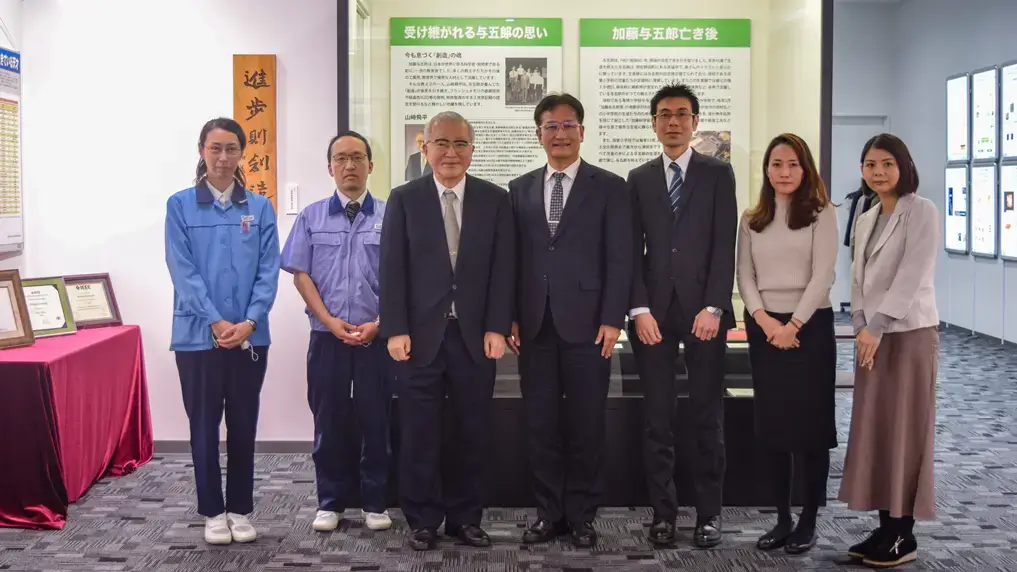
Answer: Dr Yamazaki Shunpei, President of the Semiconductor Energy Laboratory (SEL) in Tokyo, Japan, has been recognised as the most prolific inventor in history.He is listed as a named inventor on more than 11,000 patent families and over 26,000 distinct patent publications.Dr Shunpei's inventions cover the fields of computer science and solid-state physics.
Patents Opinions
Applies in the UK: see Patentability Opinion.
Prior Art
Any information that existed prior to the filing of a patent application and that may affect the patentability of an invention.
Prior art applies to designs as well.
Prior Art Search
A search conducted to identify any existing technologies or prior art that may affect the patentability of an invention.
Patentability Criteria
The standards that an invention must meet to be eligible for patent protection, including novelty, non-obviousness, and usefulness.
Patentability Opinion
An opinion provided by a patent attorney or agent that assesses the likelihood of a patent application being granted.
This is a US concept: in the UK, the IPO (Intellectual Property Office) can provide validity and infringement opinions, called Patents Opinions.
Patentability Search
A search conducted to determine the patentability of an invention before filing a patent application.
Prior User Rights
The right to continue using an invention despite it being subsequently patented by someone else.
Prior User Rights Defence
A legal defence used by a party accused of patent infringement, claiming that they used the invention prior to the patent’s priority date.
Provisional Patent
[US only]
A temporary patent application that establishes a priority date for an invention.
Provisional Patent Application
[US only]
A preliminary patent application that establishes an early filing date for an invention.
Public Domain
The status of Intellectual Property that is not protected by copyright or other forms of Intellectual Property rights.
The intellectual property is owned by the public.
Royalty
A payment made to the owner of Intellectual Property for the use of that property.
Royalty Agreement
A legal agreement that outlines the terms and conditions for the payment of royalties for the use of Intellectual Property.
Statutory Invention Registration (SIR)
[US only]
A document that provides a way to disclose an invention to the public without filing a formal patent application.
Term of a Patent
The period of time during which a patent remains in force.
Patents last for an initial term of 5 years from the filing date, but can be renewed to a maximum term of 20 years.
Trade Dress
[US only] The overall appearance and image of a product, including its design, packaging, and labelling.
*We do have trade dress in the UK, however it isn’t protected as a standalone right like in the US.
It is protected by trade mark or passing off.
Trade Secret
Confidential information that gives a business a competitive advantage and has commercial value because it is secret.
Trade secrets might include formulas, recipes, and customer lists.
Trade secrets are legally protected against any unlawful acquisition, use, or disclosure.
Trade Secret Misappropriation
The theft or unauthorised use of a trade secret by another party.
Trade Secret Protection
Measures taken to prevent the misappropriation of a trade secret and to protect the competitive advantage it provides.
Trademark
Exclusive rights intended to identify and distinguish the goods and services of one entity from those of another.
They are used to protect the brand identity of a business or product and give their owners a monopoly over the mark in respect of the goods or services for which they are registered.
Anything capable of being depicted graphically can be registered as a Trade Mark, provided it meets the registration criteria.
Trademark Infringement
The unauthorised use of a trademark by another party.
Utility Model
[US only]
A type of patent that protects minor inventions that do not meet the requirements for a full patent.
Utility Patent
[US only]
A patent that protects the functional aspects of an invention.
Utility Patent Application
[US only]
A patent application that covers the functional aspects of an invention.
Keep building your knowledge on Intellectual Property IP and Patents - and seek advice from a legal specialist
This glossary of terms relating to Intellectual Property and Patents is a guide to some of the most essential terms in this field.
The information provided here for education purposes (not legal advice!), is to help you can gain a better understanding of the terminologies and concepts surrounding Intellectual Property and Patents, such as Foreground IP and Background IP.
We hope that this glossary has been useful in expanding your knowledge.
And remember to always seek the advice of a legal specialist!
Further reading
- UK Intellectual Property Office – https://www.gov.uk/government/organisations/intellectual-property-office
- United States Patent and Trademark Office – https://www.uspto.gov/
- World Intellectual Property Organization – https://www.wipo.int/
- European Patent Office – https://www.epo.org/
- American Bar Association – https://www.americanbar.org/groups/intellectual_property_law/
- International Trademark Association – https://www.inta.org/
- Forbes – https://www.forbes.com/
- Harvard Business Review – https://hbr.org/
- Cornell Law School Legal Information Institute – https://www.law.cornell.edu/
- Stanford University Libraries – https://library.stanford.edu/
- Intellectual Property Owners Association – https://www.ipo.org/
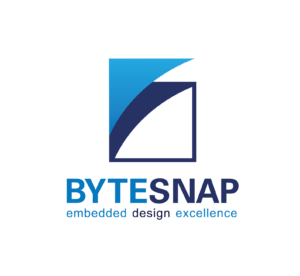
ByteSnap Editorial Team
Founded in 2008, ByteSnap Design is an award-winning embedded systems design consultancy, offering a comprehensive range of services across the electronic product development lifecycle.
A highly skilled team of over 40 hardware and software engineers, our expertise spans several sectors, including IoT, automotive, industrial, medical, and consumer electronics.
The engineering consultants on the ByteSnap Editorial Team share their knowledge and practical tips to help you streamline your product development and accelerate designs to market successfully.
With their deep technical expertise and practical experience, they aim to provide valuable insights and actionable tips to guide you through the complex world of electronic product design and development, to help you bring innovative, reliable, and secure electronic products to market quickly and cost-effectively.
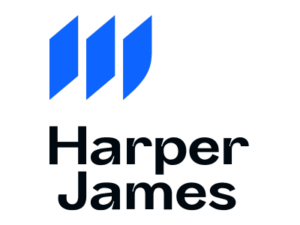
Harper James Solicitors
Harper James is a full-service commercial law firm providing expert legal services to businesses within an innovative service model. Their lawyers are based throughout the UK.
Their business law practice areas include Intellectual property, including disputes, strategy, patents and utility models; IT & commercial technology; Banking & Finance law, and Commercial property.
Harper James act for businesses and business people in a range of sectors. From micro-businesses, start-ups and spinouts to larger businesses with a revenue of £50m +, listed companies and their subsidiaries. Harper James specialise in fast-moving industries and sectors like technology, finance, advanced manufacturing and retail.

